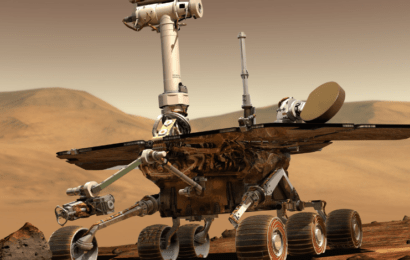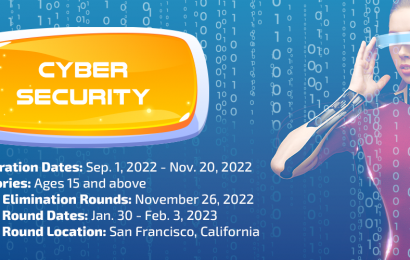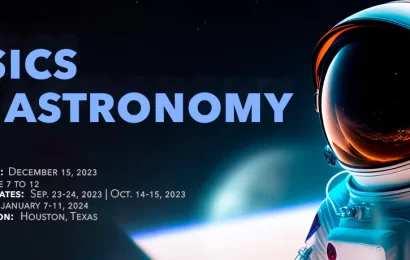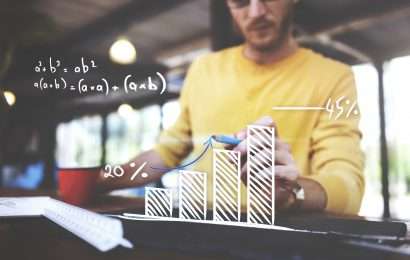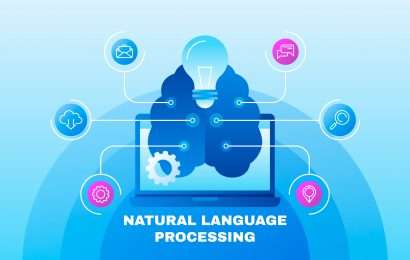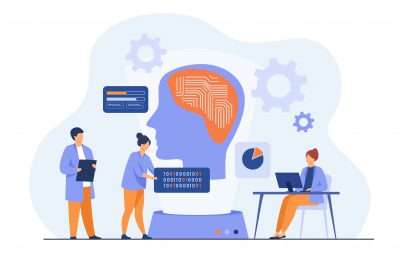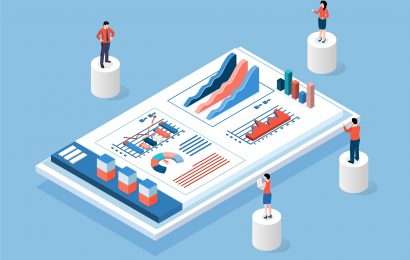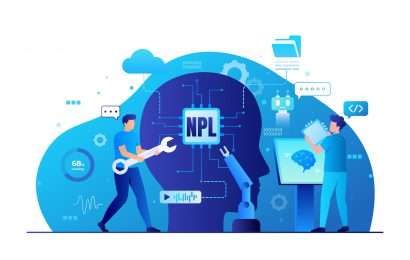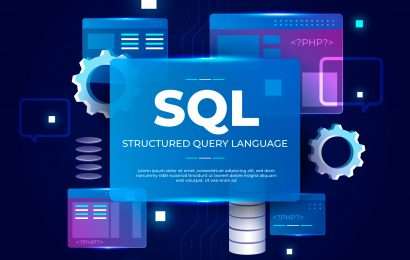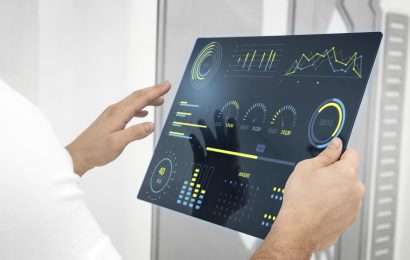
- Instructor: admin
- Duration: 3 hours
Time series forecasting is an important part of machine learning that requires an additional effort to recognize the impact of the time-component of the problems, such as trends and seasonality. In this series of lectures, you will be introduced to basics of time series models in Python environment. Specifically, you will have gain hands-on experience on handling forecast models in four sessions.
Who is this course for:
- Anyone who wants to be master in time series data with python
- Anyone who wants to become proficient in time series data analysis working with real life data
- People interested in applying machine learning techniques to time series data
Course Requirements:
- Prior familiarity with the interface of Jupiter Notebooks
- Prior exposure to basic statistical techniques
- Be able to carry out data reading and pre-processing tasks such as data cleaning In python
12 hours ,3 hours per week.
All Zoom lectures are monitored by trained staff.
Yasin Ceran
Yasin Ceran is passionate about all things data and holds a vast experience in data analysis, mathematical modeling and Apache Spark, and in SQL, Python and R. Since 2013, he has been working at Santa Clara University as an assistant professor in the Information Systems and Analytics department (earlier Operations Management and Information Systems department), teaching applied machine learning, software platforms, and computer networks. He holds extensive experience in working on various data intense business platforms. Some of the notable projects he contributed to include the development of a predictive inventory allocation algorithm for Blockbuster with regard to the relationship between sales and customer reviews. Later, he created a mathematical model to capture the decision-making process of online customers based on their collection of data from different sources on the Web. He also developed a probabilistic model to detect churning users for Stumbleupon.com.
Yasin is the proposer of an algorithm that helps to reduce bias in electronic formats. His present role involves working on optical DNA sequencing based on actionable big data. Yasin has completed his Ph.D. in Management Information Systems from the University of Texas at Dallas. He earned his M.S. in Electrical Engineering with a concentration in Telecommunications from the same university and obtained his B.S. in Electrical Engineering from Osmangazi Üniversitesi. At Santa Clara University, he also supervised a large team of software development students working on the Capstone Project. During his 5+ years of working experience, Yasin has worked rigorously on an array of data related projects encompassing data mining, statistics, big data, data science, and data visualization, and is dedicated to sharing his experience and expertise with learners. Apart from data science, Yasin’s knowledge spectrum also expands to cybersecurity and he is an ardent follower of innovative processes and implementations of technologies to defend the world’s digital economies.
Students will be awarded different certifications in each batch.
Adults
• Week 1. Fundamentals
1. Python Environment
2. What is Time Series Forecasting?
3. Time Series as Supervised Learning
4. Load and Explore Time Series Data
5. Data Visualization
6. Resampling and Interpolation
7. Power Transforms
8. Moving Average Smoothing
• Week 2. Temporal Structure
1. Introduction to White Noise
2. Introduction to the Random Walk
3. Decompose Time Series Data
4. Use and Remove Trends
5. Use and Remove Seasonality
6. Stationarity in Time Series Data
• Week 3. Evaluate Models
1. Backtest Forecast Models
2. Forecasting Performance Measures
3. Persistence Model for Forecasting
4. Visualize Residual Forecast Errors
5. Reframe Time Series Forecasting Problems
• Week 4. Forecast Models
1. Introduction to the Box-Jenkins Method
2. Autoregression Models for Forecasting
3. Moving Average Models for Forecasting
4. ARIMA Model for Forecasting
5. Autocorrelation and Partial Autocorrelation
6. Grid Search ARIMA Model Hyperparameters
7. Save Models and Make Predictions
8. Forecast Confidence Intervals
500$







